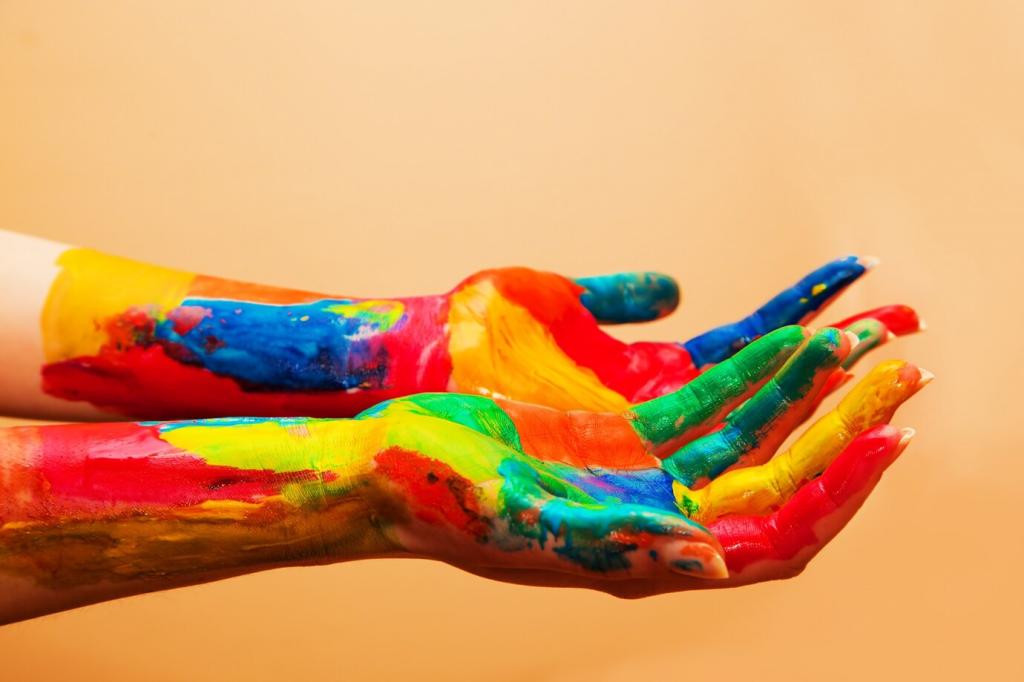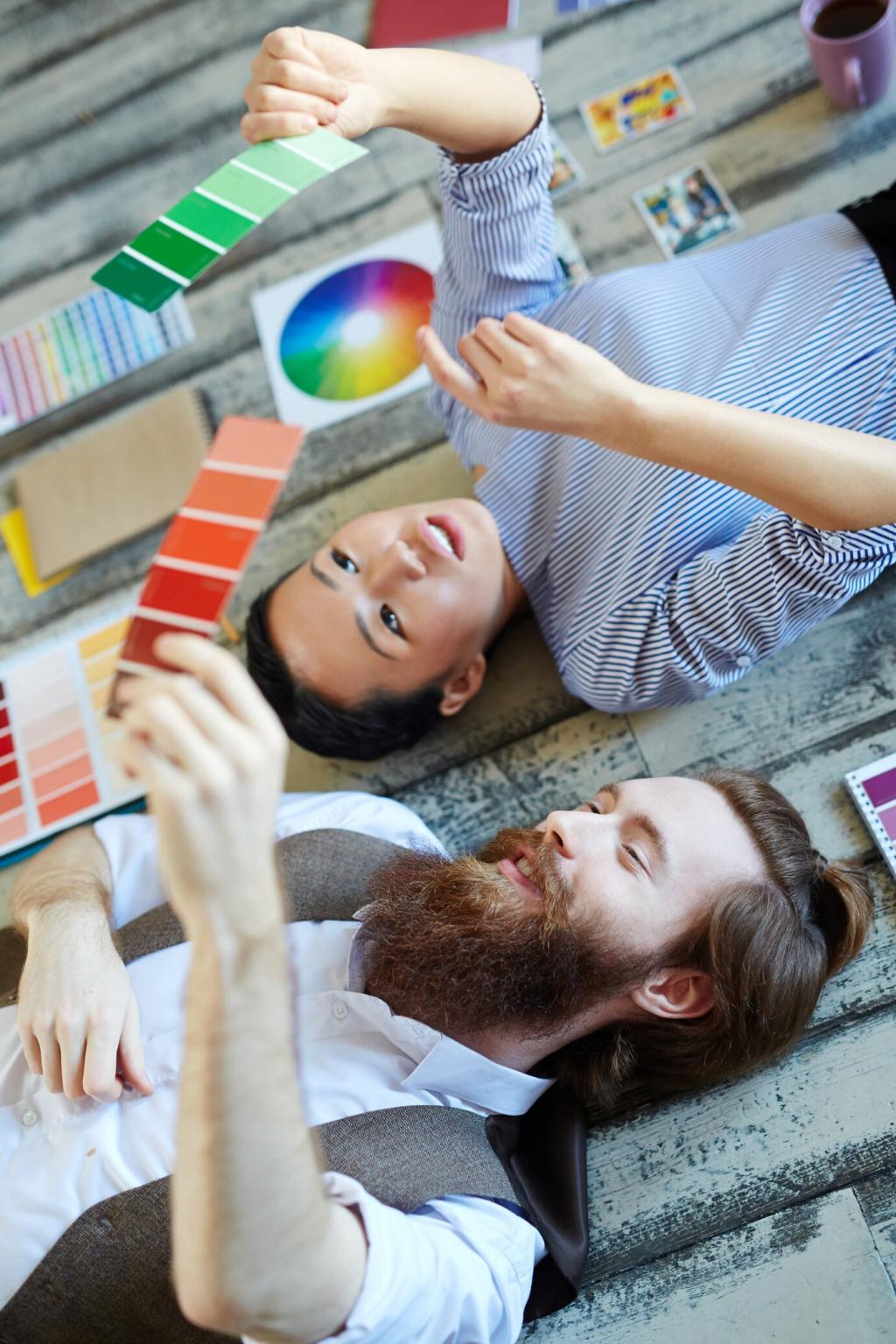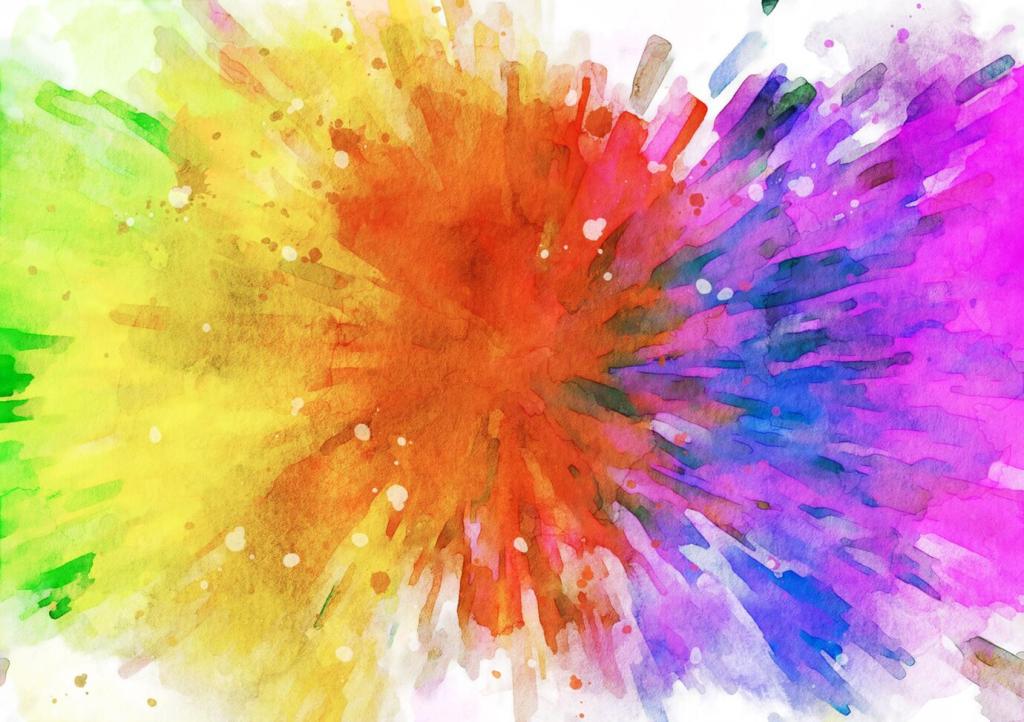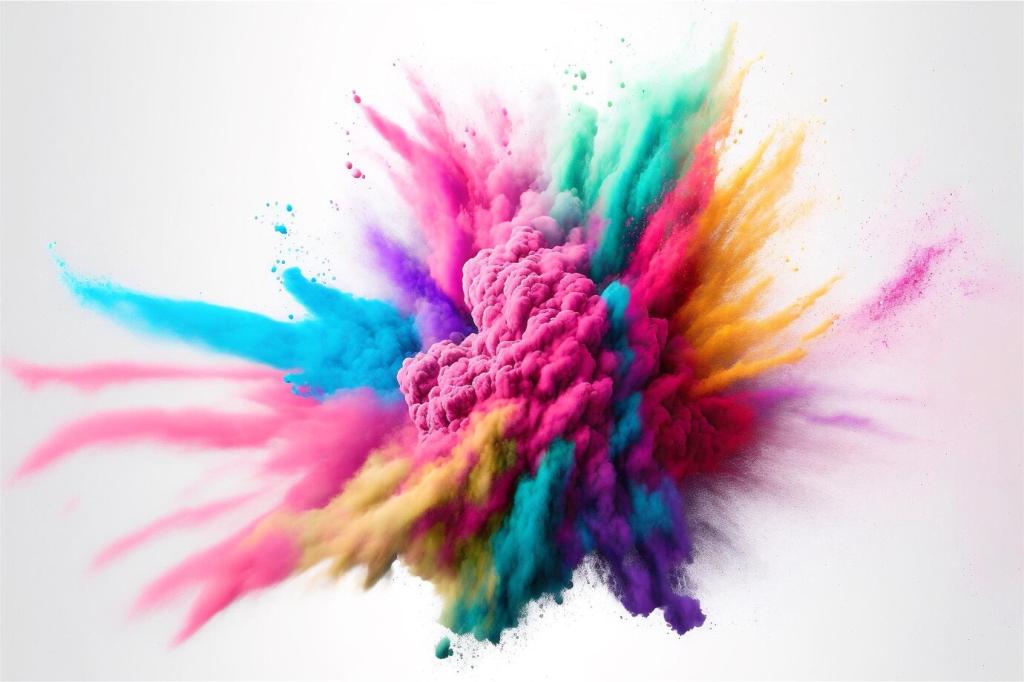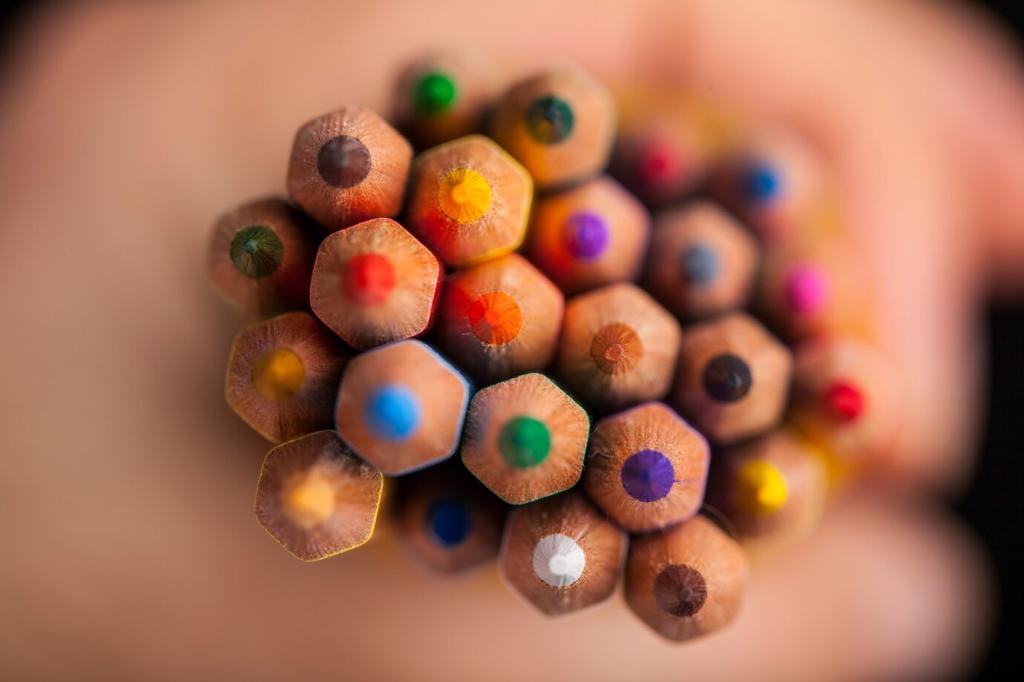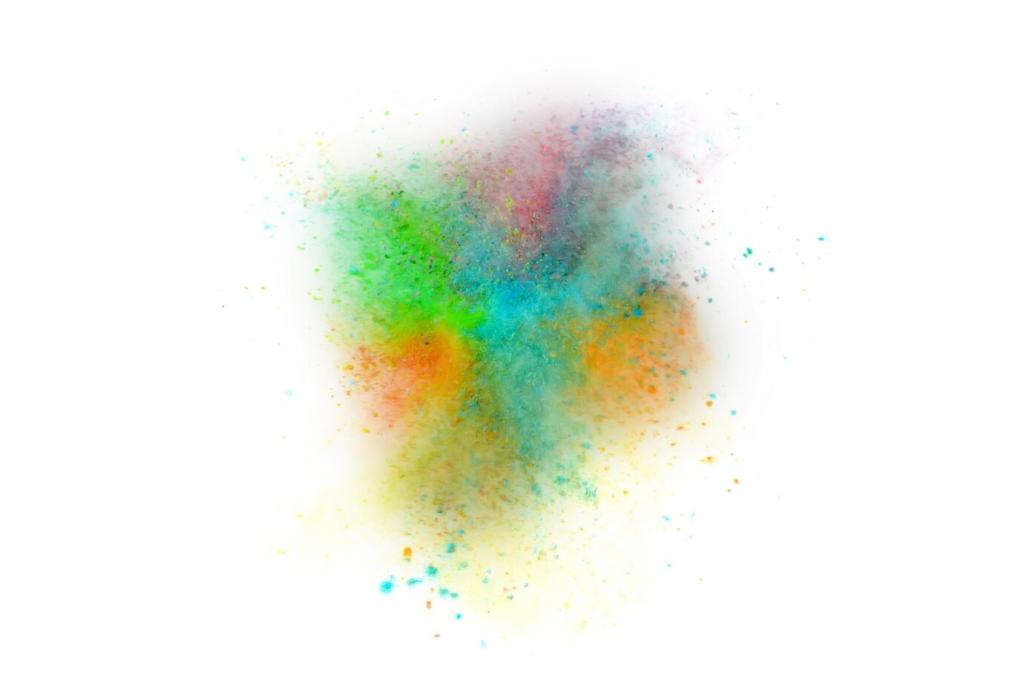Color Psychology at Your Desk
Grounding furniture in soft neutrals like warm gray or oatmeal creates visual stability, while a single accent color on a chair or drawer adds intentional energy. This balance reduces cognitive noise, helping you prioritize tasks and resist unnecessary context switching.
Color Psychology at Your Desk
Pair blue storage units with a muted green task chair to encourage calm focus and steady problem-solving. Blue supports clarity, while green lowers stress signals. Together, they make extended work sessions feel more sustainable and less draining on your attention span.

